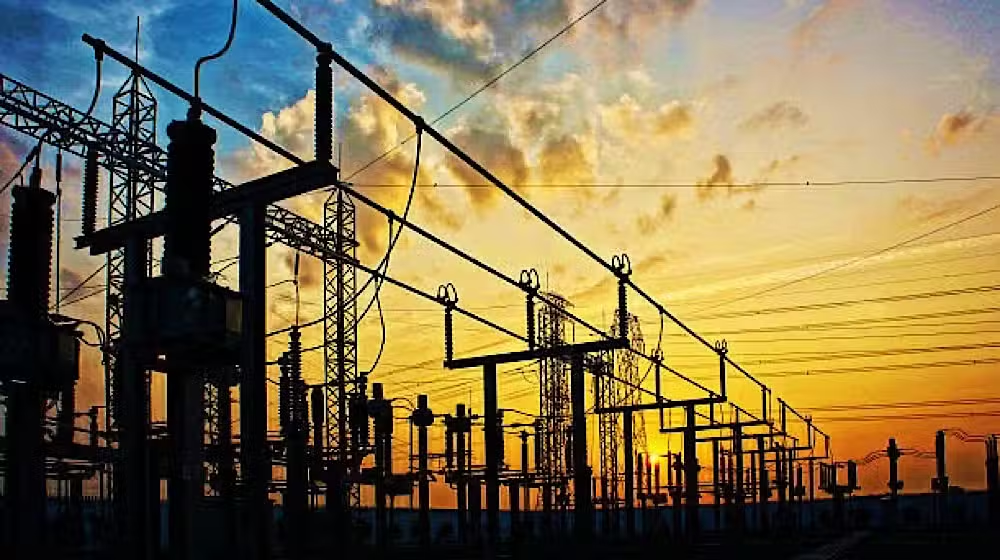China has reported one of its slowest economic growth rates in decades, highlighting the challenges facing the world’s second-largest economy. A mix of internal and external pressures, including a prolonged property market crisis, weak consumer spending, and uncertainty surrounding global trade relations, has contributed to this slowdown. Despite efforts to stabilize the economy, experts suggest that further policy measures are needed to sustain growth.
Economic Growth in 2024: An Overview
Key Statistics
In 2024, China’s economy grew at a rate of 5%, slightly above the 4.9% predicted by analysts but lower than the 5.2% recorded in 2023. While the final quarter of 2024 showed signs of recovery with a 5.4% growth, overall performance fell short of expectations.
The National Bureau of Statistics (NBS) acknowledged the “complicated and severe environment” the country faces, marked by mounting global pressures and domestic difficulties.
Sectoral Performance
- Retail Sales: Retail sales grew by 3.5%, a sharp decline from the 7.2% growth in 2023.
- Industrial Output: Industrial production rose by 5.8%, an improvement compared to 4.6% in the previous year.
Policy Measures and Economic Stimulus
Recent Policy Interventions
To counter the slowdown, Beijing has introduced several measures, including:
- Interest Rate Cuts: The central bank reduced key interest rates to encourage borrowing and spending.
- Debt Easing: Policies were implemented to manage local government debt.
- Subsidies: Expanded programs to subsidize household goods aimed to boost domestic consumption.
Despite these efforts, analysts believe more robust and sustained policy support is required to achieve long-term recovery.
Challenges Facing the Chinese Economy
Property Market Crisis
China’s property sector has been a significant drag on economic growth. However, recent government support has slightly eased the pace of falling house prices and prompted a modest recovery in new home sales.
Declining Consumer Confidence
Consumer spending remains weak, with many households opting to save rather than spend. This trend underscores a “crisis of confidence” rather than a lack of credit availability, according to analysts.
Global Trade Uncertainty
While China achieved record-high exports in 2024, the looming threat of trade sanctions by the United States under President Trump’s second term poses a significant risk. The country’s heavy reliance on exports to fuel economic growth is increasingly uncertain in the face of potential trade restrictions.
Environmental Concerns Amid Economic Recovery
Energy Production
China’s increased reliance on fossil fuels in 2024, including coal and natural gas, has raised concerns about its environmental commitments. Thermal power output grew by 1.5%, casting doubt on whether the country’s emissions have begun to decline as previously hoped.
Balancing Growth and Sustainability
Beijing faces the challenge of balancing its economic recovery efforts with environmental responsibilities. Striking this balance is critical to ensuring long-term stability and global alignment on climate change goals.
Future Outlook for China’s Economy
Growth Projections
Analysts forecast that China’s economic growth could slow further to 4.4% in 2025, potentially dropping below 4% in subsequent years. The government is expected to maintain its annual growth target of around 5% but may face challenges in achieving this goal without more aggressive policy interventions.
The Role of Domestic Consumption
Boosting domestic consumption remains a key priority for sustaining economic momentum. Monetary policy alone is insufficient; targeted measures to rebuild consumer confidence and stimulate spending are essential.
FAQs About China’s Economic Slowdown
1. What caused China’s economic slowdown in 2024?
The slowdown was driven by factors such as weak consumer spending, a prolonged property market crisis, and global trade uncertainties, including potential US trade sanctions.
2. How did industrial output perform in 2024?
Industrial output grew by 5.8%, an improvement compared to 4.6% in 2023, indicating some recovery in the manufacturing sector.
3. What steps has China taken to revive its economy?
China has introduced measures such as cutting interest rates, easing local government debt, and expanding subsidy programs to encourage spending and investment.
4. How does the property market impact China’s economy?
The property market significantly influences China’s economy, with declining house prices and sluggish sales dragging on growth. However, recent government support measures have shown some positive effects.
5. What is the outlook for China’s economy in 2025?
Growth is projected to slow further, with estimates suggesting a decline to 4.4% in 2025. Sustained policy support and efforts to boost domestic consumption will be crucial for maintaining stability.


